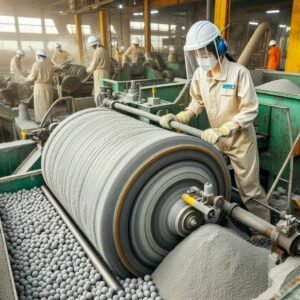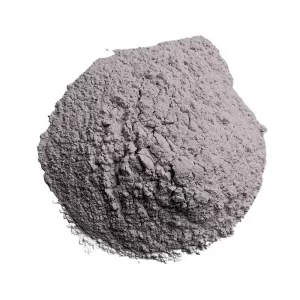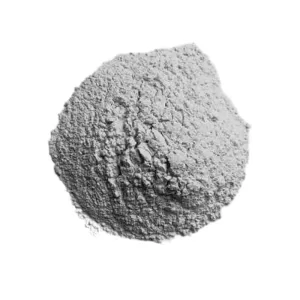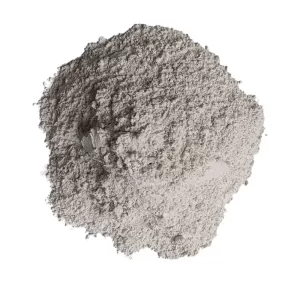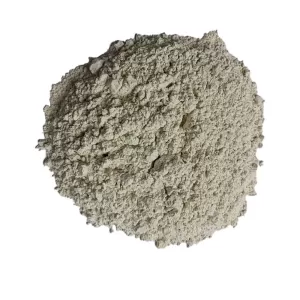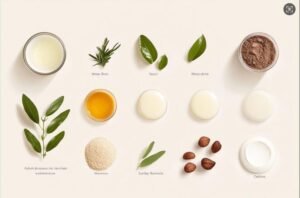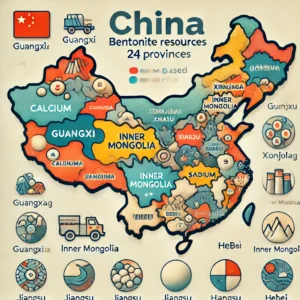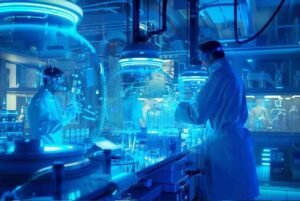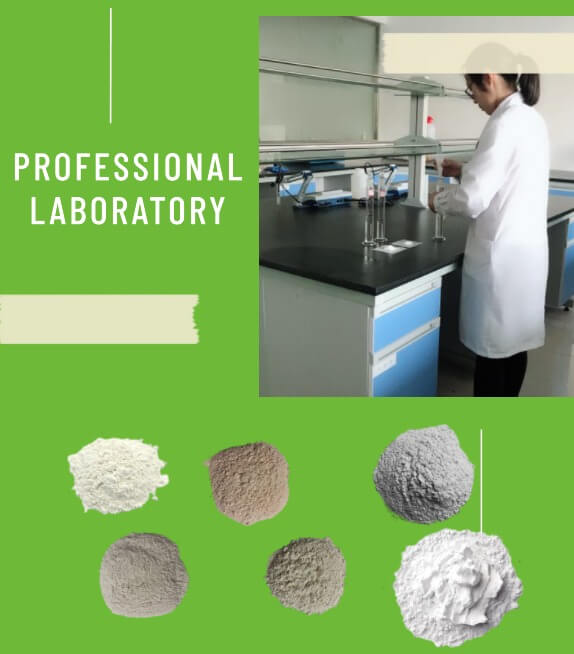Montmorillonite is a hydrous aluminium silicate mineral with small amounts of alkali and alkaline earth metals. Bentonite, also known as porphyry, bentonite, etc., is Montmorillonite (also known as microcrystalline kaolinite, gabbro) as the main mineral composition of the clay rock – Montmorillonite clay rock, often containing a small amount of ilmenite, kaolinite, and zeolites, feldspars, calcite, and so on.
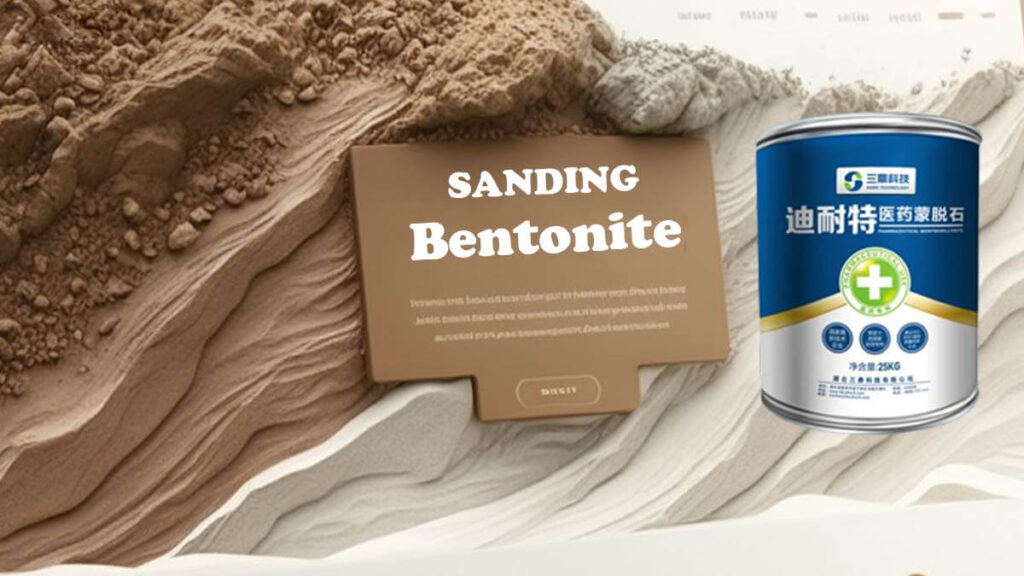
In bentonite ore, when the content of silica montmorillonite is more than 80%, it is called Montmorillonite; bentonite ore can be obtained after purification of high-purity Montmorillonite.
Bentonite also contains many impurities, about 5-10% or so; the content of calcite (a carcinogen) is about 20% or more, heavy metal exceeds the standard, and some other problems exist. Montmorillonite, in a broad sense, is bentonite; only the content of the montmorillonite body is more than 80% and for the removal of impurities, purification treatment.
Is “montmorillonite loose” a kind of bentonite?
Strictly speaking, “montmorillonite powder” is not kwan-yin clay; montmorillonite powder is a kind of medicine, but the main ingredient of montmorillonite powder is “montmorillonite”, which is the same as the main ingredient of kwan-yin clay.
Guanyin soil geology’s official name is sodium bentonite, a montmorillonite-based water clay mineral known as “universal soil.” it has good adsorption and strong bonding. The swelling volume will become more prominent, and the water will be like glue with the same suspension, so diarrhoea from it on many discharges will be like cement. Guanyin earth’s nature is stable, not easy to digest and absorb, and will not decompose into harmful components, so eat a little less to be able to eat a fruitful stomach; the body does not matter, but if a large number of food will be piled up in the body, resulting in abdominal distension, challenging to defecate. The final result is the stomach bulging like a watermelon, knocking up a burdensome stone. This time, the person will die because of bloating.
The origin of the name Montmorillonite
The name of Montmorillonite comes from the first discovery of its origin – Montmorillon, France. Montmorillonite is a layered mineral consisting of excellent particles of hydrous aluminium silicates, also known as columbite, microcrystalline kaolinite. Montmorillonite Bulk is a natural montmorillonite particulate powder with a laminar structure and non-uniform charge distribution.
Cold knowledge of Montmorillonite:
①Montmorillonite ore makes up bentonite, the material of traditional cat litter
② Montmorillonite, also called – Guanyin Clay in ancient China
③Montmorillonite is named after the city of Montmartre, France.
The special snack made of Montmorillonite–Tu Bun
⑤ The source of the naming of Guanyin earth – it tastes like high-quality white flour, and a small amount of consumption has a feeling of satiety. It temporarily makes people forget their hunger troubles. Hence, the people thought it was a divine object sent by heaven to benefit the hungry, so they named this white-flour-shaped Montmorillonite Guanyin Earth.
(6) The primary use of Montmorillonite on earth is in the industrial field – oil drilling mud, sand casting, iron ore pellets, etc.
(7) Montmorillonite adsorbs various mycotoxins in feed – aflatoxins and gibberellins, etc., which is the root cause of its high efficiency in stopping diarrhoea: most of the toxins and water in the intestines are sucked out completely, preventing the intestinal stress immune response to unknown toxins.

Application areas of Montmorillonite
Pharmaceutical Montmorillonite
The applications of Montmorillonite in the pharmaceutical industry can be divided into two categories:
Pharmaceutical raw materials: gastrointestinal mucous membrane protectants, bactericidal and antimicrobial agents, etc.
Pharmaceutical excipients: excipients, suspending agents, filtering agents, etc.
The more significant amount of montmorillonite gastric medicine class preparation has been widely used in clinical practice. Successive development of montmorillonite gastric preparations, including bulk (high purity montmorillonite, auxiliary dispersed Montmorillonite), granules, gels, suspensions, etc.
Montmorillonite for feed ingredient synergist
Montmorillonite has good adsorption, expansion, dispersion and lubricity and can be used as an animal feed additive. Used in ruminant feed, chicken feed, rabbit feed and pig feed ratio, it can make the additives mix evenly and improve the palatability and looseness of feed, delay the time of feed passing through the digestive tract of animals, strengthen the digestion and absorption of feed in the digestive tract, and play a synergistic effect on the nutrients in the feed; and because Montmorillonite is alkaline, it can neutralize the acid in the digestive tract and enhance the appetite of animals. It can neutralize the acid in the digestive tract and improve the appetite of animals.
Montmorillonite plays the role of a carrier in feed antimold agents. Montmorillonite (mould remover) is used to remove mycotoxins from feed and raw materials, and its effect is unquestionable in both in vitro evaluation and animal testing.

Montmorillonite for Cosmetics
Montmorillonite can effectively remove and adsorb the residual makeup, dirt impurities and excess oil in the skin lines, astringent to coarse pores, accelerate the shedding of ageing cells and exfoliation, lighten melanin cells and improve skin colour.
The selection of Montmorillonite for cosmetic use has OK requirements on the whiteness, heavy metal content and fineness of Montmorillonite, etc. Montmorillonite can be used for cosmetic paste ingredients (thickening, suspension, emulsification), masks, and moisturizing cream bases (decontamination, detoxification, itching, beauty, moisturizing).
Montmorillonite for water purification
(1) Regulate water quality, improve immunity, eliminate pond bottom rancidity and geological causes of water rust, containing iron, sulfur, ammonia exceeding the standard material; can significantly reduce the shrimp and crab in the shelling period of the stress reaction, to promote the growth and improve the survival rate; can dramatically reduce each pulling caused by the bottom of the pond sludge in hydrogen sulfide and heavy metal toxic substances such as flooding caused by poisonous reactions.
(2) Eliminate and degrade the heavy metals and toxic elements (mercury, antimony, arsenic, aluminium, etc.) in the aquaculture pond water caused by industrial wastewater discharges in the surrounding waters over the standard pollution to create a good water environment so that the growth of fish and shrimp has been in a good state, improving the production of fish and shrimp.
(3) Rapidly lift the toxins in shrimp, crab, fish, and shellfish bodies, improve the body’s immune system, and restore the regular feeding of shrimp and crab. Stabilize the PH value of the bottom of the pool, and can continue to release oxygen, increase the dissolved oxygen in the water and the amount of oxygen flow, play a role in regulating replenishing trace elements in aquaculture, can effectively promote the fish and shrimp body metabolism, disease prevention and resistance to disease, improve the survival rate.
(4) Reduce drug residues in fish, shrimp, crab, and shellfish, and coordinate the balance of amino acid absorption of the organism, which can make the fish, shrimp, crab and shellfish colour and lustre, meat quality, and improve product quality.
(5) Reduce the non-nutrient elements caused by the lack of (snail) spots and fish scales to promote shellfish growth.
(6) Effectively degrade the toxicity of acid rain and white dew rain, prevent liver poisoning of shrimp, crab and fish.


